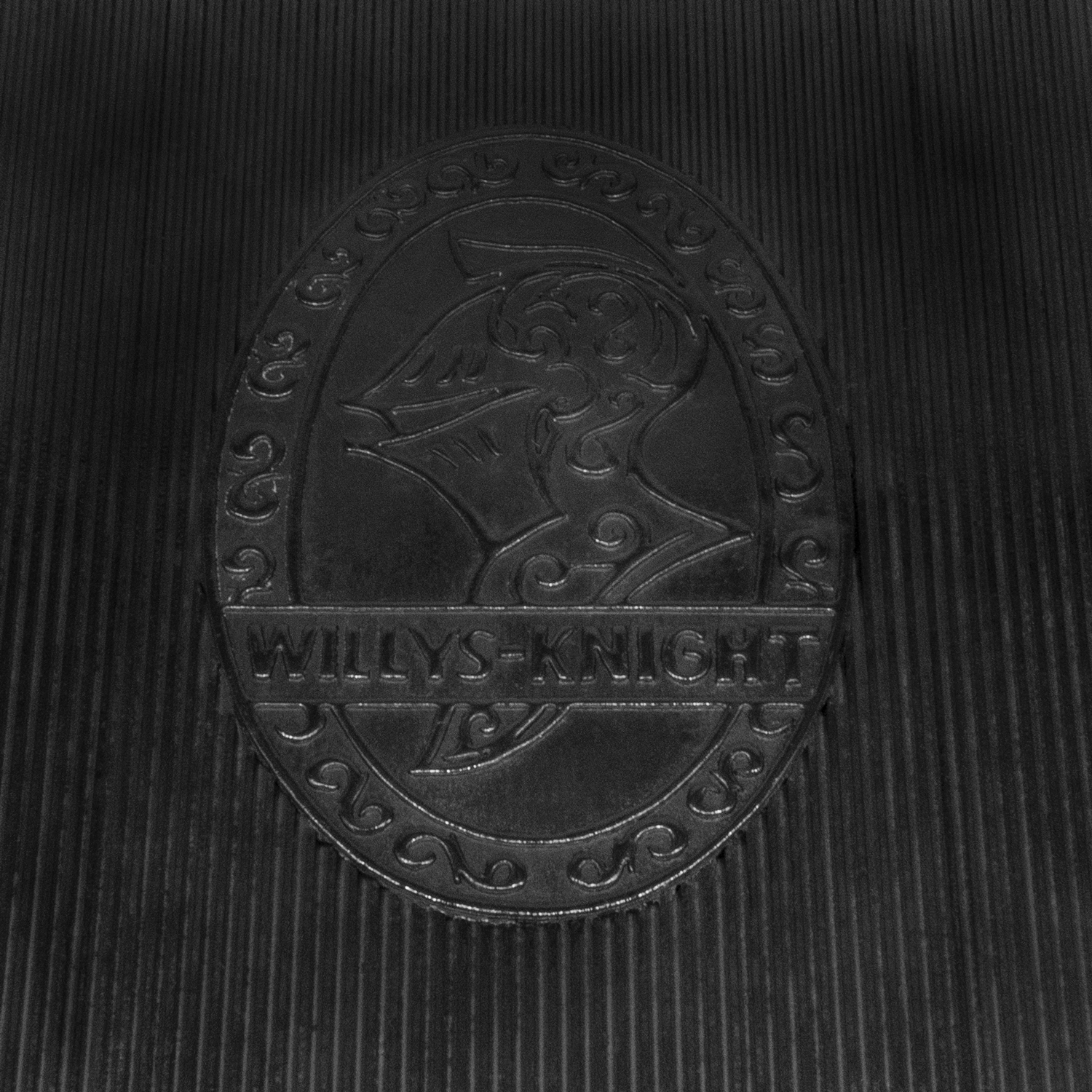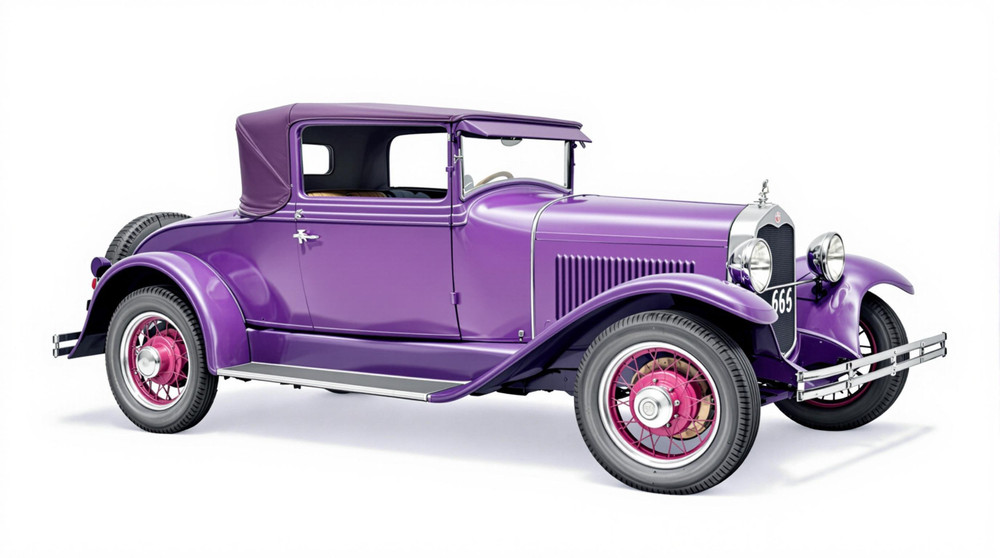Image of 1925 Willys Knight Model 66, Note: These illustrations use artistic license and may differ from actual historical models.
Performance Metrics
Fundamental Metrics
Emotional Appeal
MMP Rating
| Engine Specifications | |
|---|---|
| Engine Options: | Inline 6-cylinder |
| Displacement Range: | 3.3L |
| Horsepower Range: | Estimated 50-60 HP |
| Torque: | Not available |
| Compression Ratio: | Not available |
| Ignition System: | Battery and coil |
| Cooling System: | Water-cooled |
| Performance Specifications | |
| 0-60 Time: | Not available |
| 1/4 Mile Time: | Not available |
| Top Speed: | 60 mph |
| Transmission and Drive | |
| Drive Type: | Rear-wheel drive |
| Transmission Type: | 3-speed manual |
| Fuel and Efficiency | |
| Fuel System Type: | Carburetor |
| MPG: | Not available |
| Dimensions and Brakes | |
| Brakes: | Mechanical drum brakes |
| Wheelbase: | 130 inches |
| Weight: | Estimated 3500 lbs |
Note: Specifications for classic cars are given to the best of our ability, considering the limited and variant data available.
Unveiling the 1925 Willys Knight Model 66: A Pioneering Spirit of Innovation
The 1925 Willys Knight Model 66 stands as a testament to the ingenuity of early automotive engineering. Crafted by the Willys-Overland Company, this vehicle emerged from an era where automobiles began to transcend mere transportation, becoming symbols of status and technological progress. The Model 66 was not just another car on the road; it was a luxurious beacon of its time, showcasing the potential of what cars could become. Among its many claims to fame, the Model 66 was known for its use of a sleeve valve engine—a rarity that distinguished it from the roar of typical side-valve engines of its contemporaries.
Design and Innovation: A Closer Look at Elegance and Ingenuity
The exterior of the Willys Knight Model 66 exuded elegance with its long, sweeping fenders and imposing grille that commanded attention wherever it graced the streets. The craftsmanship was evident in every curve and chrome accent. Inside, passengers were enveloped in a cabin that prioritized comfort and luxury, with high-quality materials like fine leather and polished wood adorning the interior. Technologically, the sleeve valve engine was a marvel, reducing noise and allowing for smoother operation—a feature that was highly praised in an age where motoring refinement was becoming increasingly desirable. The color palette ranged from deep blues to rich maroons, with black remaining a popular choice for its timeless sophistication. Body styles varied, but the four-door sedan stood out as an iconic representation of the model's allure.
Historical Significance: The Legacy of the Knight's Armor
The Willys Knight Model 66's sleeve valve engine wasn't just a novelty; it represented a significant shift in automotive design philosophy. This innovation provided quieter operation and less wear over time compared to traditional engines of the era. The Model 66 helped pave the way for future advancements in engine technology, setting new standards for performance and durability. What truly set this car apart was its commitment to luxury and refinement at a time when such concepts were only beginning to take hold in the automotive industry. Its lasting influence can be seen in how modern vehicles continue to balance power with sophistication.
Performance and Handling: Experiencing the Road Through Time
While exact performance figures for the Model 66 are scarce today, historical accounts suggest that it offered competitive top speeds and acceleration for its time. The vehicle's handling characteristics were also noteworthy; despite its size, it navigated various driving conditions with grace. Owners often remarked on the smoothness of the ride—a direct result of the unique sleeve valve engine's operations. Driving a 1925 Willys Knight Model 66 was about more than getting from point A to B; it was about enjoying a symphony of mechanical harmony, feeling every nuance of power delivery, and reveling in an experience that connected driver, machine, and road.
Ownership Experience: More Than Just a Car
The Model 66 served multiple roles—from daily transportation for the well-to-do families to a statement piece at automobile shows. Its reliability was commendable for its era, though modern owners should be prepared for the intricacies involved in maintaining such a unique piece of machinery. Maintenance requires a certain level of expertise, particularly with the sleeve valve engine which is uncommon today. However, those dedicated to preserving this piece of automotive history will find a supportive community and ample resources to keep their Knight running smoothly.
Fun Facts: The Knight's Tales
This classic has been associated with numerous interesting tidbits over time. For instance, some vehicles were rumored to have been owned by silent film stars who appreciated their quiet operation during filming. While no specific speed or endurance records were held by the Model 66, its sales success helped solidify Willys-Overland as a serious competitor in the luxury car market. Critics at the time may have pointed out its higher price point or unconventional engine design as drawbacks, but these aspects are now viewed as charming characteristics that add to its story.
Collector's Information: A Treasured Classic
Today, estimating how many Model 66s still exist is challenging due to limited production records from nearly a century ago. Nonetheless, they are considered quite rare. As for value range, pristine examples could fetch anywhere from high five figures to low six figures depending on provenance and condition. The market trends indicate that vehicles like the Willys Knight Model 66 are appreciating assets due to their rarity and historical significance—making them not just pieces of history but also potentially wise investments.
Conclusion: Celebrating Automotive Heritage
The 1925 Willys Knight Model 66 is more than just an old car; it's a rolling piece of art that encapsulates a pivotal moment in automotive history. It represents an era when cars became more than mere transportation—they became statements of innovation, luxury, and forward-thinking design. For those lucky enough to own one today or simply admire them at shows or museums, each sighting is an opportunity to appreciate how far we've come on four wheels.
1925 Willys Knight Model 66 Catalog of Parts
 1925 Willys Knight Model 66 Accessory Floor Mat - 12"X17"-AC 51Accessory Floor Mat - made of high quality black rubber with molded original emblem. Also designed to be sewn into new carpets. 12"X17", Each
1925 Willys Knight Model 66 Accessory Floor Mat - 12"X17"-AC 51Accessory Floor Mat - made of high quality black rubber with molded original emblem. Also designed to be sewn into new carpets. 12"X17", EachWhy Choose Metro?
For over 100 years, Metro Moulded Parts has been the pinnacle of quality in classic car restoration parts. Our commitment to precision and authenticity in every component ensures a perfect fit and an OEM-level appearance.
- Expert Craftsmanship & Quality: Each part is a testament to our dedication to reliability and perfection, crafted from original designs and thoroughly tested.
- Advanced Technology: We use cutting-edge techniques to create flawless, long-lasting parts that surpass others in performance.
- SuperSoft Sponge – The Ultimate Door Seal: Not only are our door seals 30% softer than competitors', but they're also guaranteed to never leak. They effectively reduce wind and road noise, enhancing your classic car's comfort and driving experience.
- Proudly American: Our parts are a product of American craftsmanship, made in the USA with a spirit of excellence and heritage.
- Unrivaled Warranty: We back our products with a 30-year industry-leading warranty, a testament to our confidence in their quality.
Join us in preserving the legacy of classic cars with parts that are crafted for perfection, not just made.

